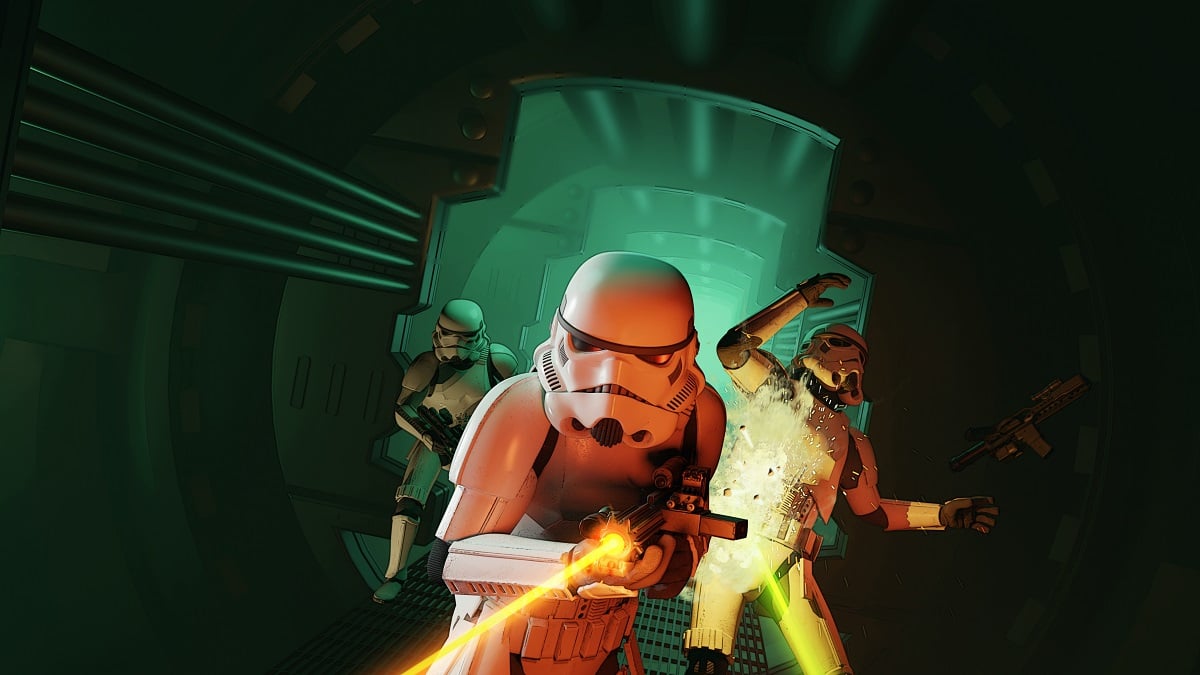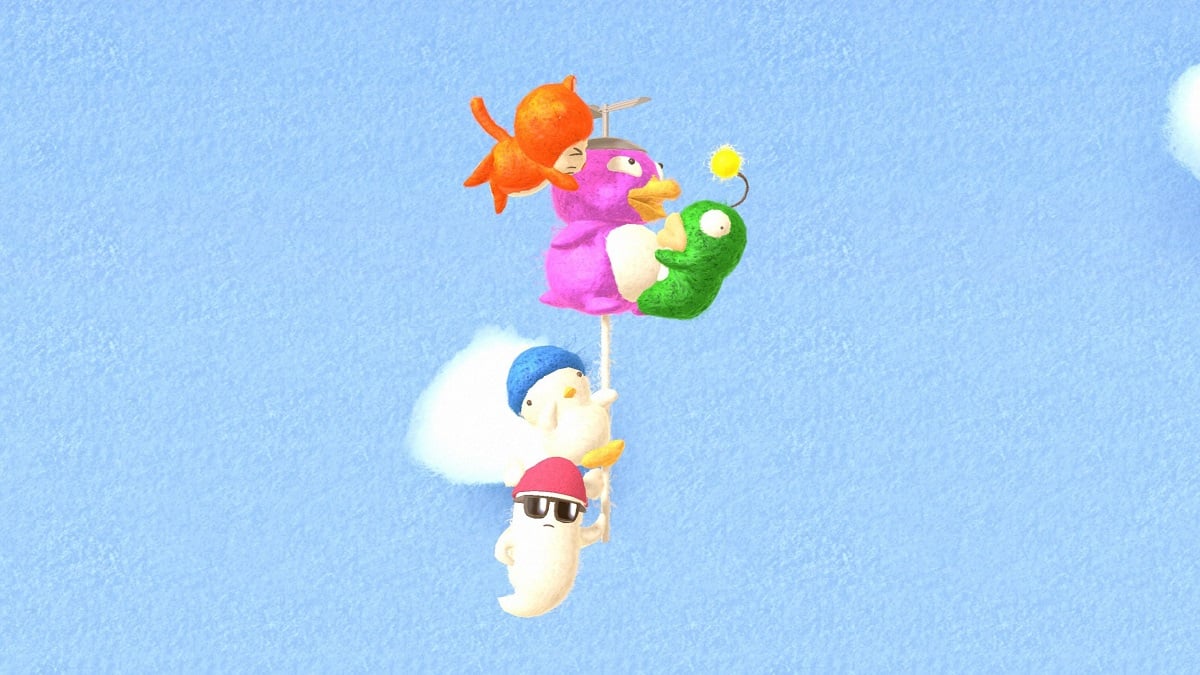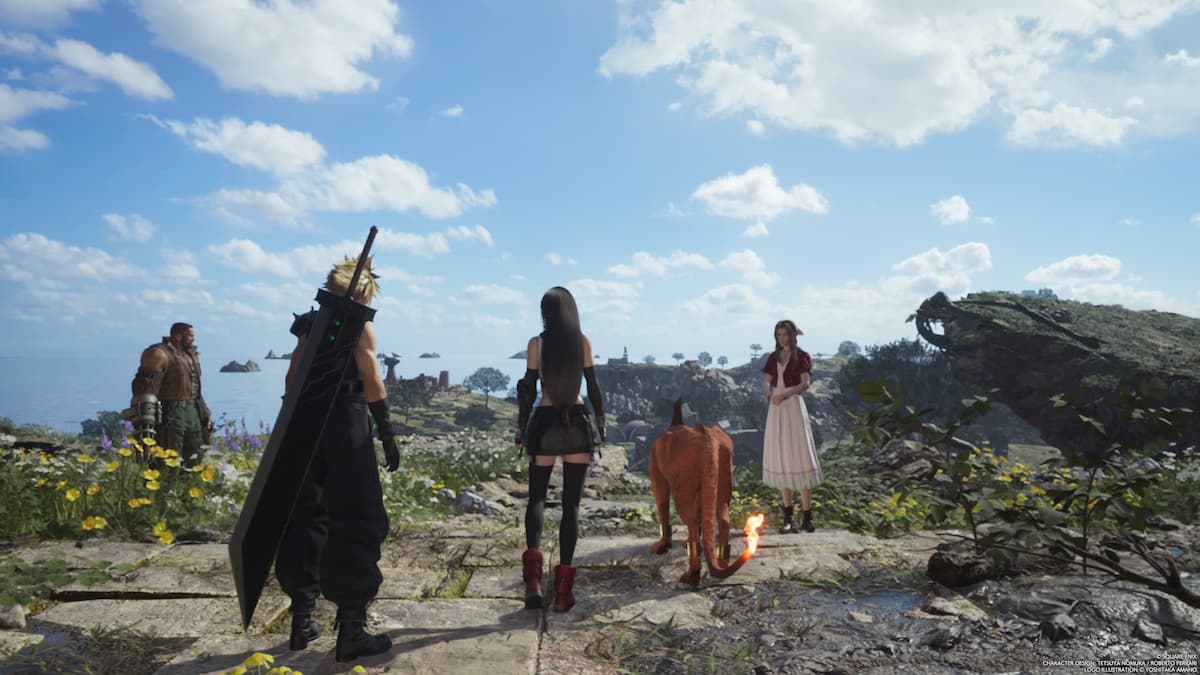Kena: Bridge of Spirits is the first game that developer Ember Lab has made, but you wouldn’t be able to tell that from looking at it nor could you tell by playing. It doesn’t do anything dazzling or revolutionary in terms of actual gameplay, but it’s a solid throwback to the structures of games from the Nintendo 64 era with a stunningly depicted story that you’ll want to spend plenty of time in.
Ember Lab used to only be an animation and digital content studio prior to this first game, a fact that you can most certainly believe after seeing Kena‘s cutscenes. They’re nothing short of striking, and if the game had an option to view all the animated scenes back-to-back, you’d think you were watching a movie.
That animation prowess extends outside of the cutscenes as well and into the world of Kena itself. Characters and environments look like they could’ve been pulled straight from a Disney or Illumination movie – especially the lovable Rot characters which we’ll get to later – but there’s a certain authenticity found in Kena that’s ironically absent from many official video game adaptations of movies. It’s got all the makings of a game that’s been adapted from something without any cheesiness or awkwardness when a character doesn’t line up precisely with their big-screen versions.
Take the Rot, for example, a collection of tiny beings with black hair and cutesy noises that assist Kena throughout the game as she finds more and more of them. The way the Rot smile at Kena and frown at others looks exactly like something you’d expect from a big-eyed Pixar character. It’s as if they were created by a blueprint which is hard to ignore once you get acquainted with them, but the effect of the Rot is potent in that it’s even harder to imagine Kena without them following you around.
A game can only get by on its looks for so long, however. As players explore this world as Kena in hopes of guiding spirits on to the next stage of their journey, you’ll be shooting arrows, tossing bombs, and whacking things with a staff. Abilities players unlock along the way with resources gained through fights and environmental discoveries allow for progression paths that’ll vary slightly depending on playstyles. Heavy and light attacks mixed with resource-based abilities create a serviceable if somewhat repetitive combat system. Throw in a healthy dose of puzzles to solve and you’ve got yourself a pretty familiar experience.
What keeps the combat from getting too stagnant though is the game’s difficulty. Its animation style and the simplicities of its combat are deceiving – the game’s much more challenging than it appears. Playing through the game on the “Hard” difficulty forced me to utilize essentially every cooldown available with specific abilities and attacks necessary for optimizing damage against different enemy types. Parries and shield management became especially important in both normal combat and in climactic boss fights.
That’s another thing Kena does well: The boss fights. These moments are where the brilliant animation and the deceptively challenging combat intertwine. With one, sometimes more main bosses in each “act” of Kena and several smaller bosses scattered throughout, Kena‘s more deserving than most games of a boss rush mode. The first act’s boss teaches players the importance of learning move patterns in combat, but it’s the second act’s boss – the Corrupt Woodsmith – that really stands out the most. Everything from the arena to the choreography to the way the audio syncs up during that fight proves that Ember Lab didn’t just get lucky with its first game and that it knew exactly what a memorable moment should look like.
Things do get a bit funky from time to time regarding hitboxes and physics, but that’s to be expected from any game. Enemy bosses’ grab attacks are particularly generous with their hitboxes and can sometimes feel unfair, though it’s more about learning to play by the bosses’ rules as opposed to things simply being inconsistent. The way the game makes Kena pause on impact after jumping from any noticeable height even though you buffered your landing with a double jump also seems to break an unwritten rule about video game physics. It could’ve been more helpful as far as tutorials go, too, seeing how it never really teaches you how to lock onto enemies even though that’s something you can definitely do.
Kena might not be perfect, but it’s far from what one might expect from a studio’s first game. It’s a spectacle to look at without being too long or too short, and it’s one of the rare examples of a game that deserves a movie adaptation, not the other way around. Perhaps more than anything else, it’s a game that sets the bar high for whatever Ember Lab wants to do next.
Rating: 4.5 out of 5
Kena: Bridge of Spirits is now available for the PlayStation 4, PlayStation 5, and PC platforms. The game was reviewed on the PlayStation 5 with a review code provided by the publisher.


